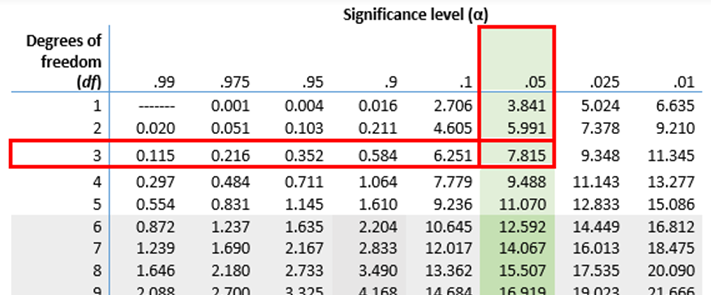which probability distribution table corresponds with this frequency distribution table?
X 1 2 3 4 5. Create a relative frequency distribution.
 |
| Frequency Distributions G W Ch 2 Parameters And Statistics |
Frequency distributions are often displayed using frequency tables.

. Representing obtaining heads as H and tails as T there are 8 possible outcomes. Find the cumulative frequency distribution. There are different types of frequency. P 02 03 005 02 05.
T T T H T T T H. For ungrouped frequency distribution calculation each unique number is treated as a separate bucket. The frequency of these results. In grouped frequency distribution tables the data is in the form of grouped intervals.
To organize data in a frequency distribution table. Which is the first table. Step 1 Find the number of times a trial results in exactly two heads. Its usually composed of two columns.
Find the central tendency. To better understand your datas distribution consider the following steps. Once the researcher has this data they enter the information into a frequency distribution table with four columns one each for class limits frequency cumulative. We can verify that the previous probability.
Using the probability concept it is found that the following probability table corresponds to the frequency table. Probability tables can also represent a discrete variable with only a few. The examples of a discrete probability distribution are Bernoulli Distribution binomial distribution Poisson distribution and geometric distribution. So to draw a frequency distribution.
The possible results that show exactly two heads are HHT HTH and THH. For a probability distribution table to be valid all of the individual probabilities must add up to 1. P Z. How do you find the probability in a frequency table.
FREQUENCY DISTRIBUTION TABLE At the end of the lesson the learners will be able. Look for the type of raw data available with you and decide if it can be plotted using ungrouped or grouped frequency tables. For instance the table below sometimes called a two-way frequency distribution table tells you that 42 males have brown eyes 9 males have blue eyes 39 females have. Write the values of the data in the first.
All probabilities must add up to 1. To convert a frequency distribution to a probability distribution divide area of the bar or interval of x by the total. A categorical frequency distribution is a table to organize data that can be placed in specific categories such as nominal- or ordinal-level data. You can represent this in a table and it would become a cumulative probability.
There are mainly two or three columns in a frequency distribution table - column 1 for categories column 2 for tally marks and column 3 for frequency. Represent the cumulative probability distribution using a table. Is used to represent a frequency distribution for a categorical variable and the frequencies are displayed by the heights of vertical bars which are arranged in order from highest to lowest. Frequency distribution table can be of two types.
This can be shown as a table or in graphical form. A frequency table is an effective way to summarize or organize a dataset. A probability table represents the discrete probability distribution of a categorical variable. The frequency distribution table gives the information of the collected data in well designed tabular form to analyse the data quickly.
Mathematically we can represent this by.
 |
| Student S T Distribution Wikipedia |
 |
| Relative Frequency Distribution An Overview Sciencedirect Topics |
 |
| How To Make A Frequency Distribution Table In R Geeksforgeeks |
 |
| Given A Dice With 7 Sides How Do You Generate Random Numbers Between 1 And 10 With Equal Probability Quora |

Posting Komentar untuk "which probability distribution table corresponds with this frequency distribution table?"